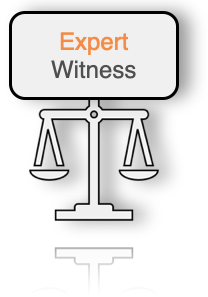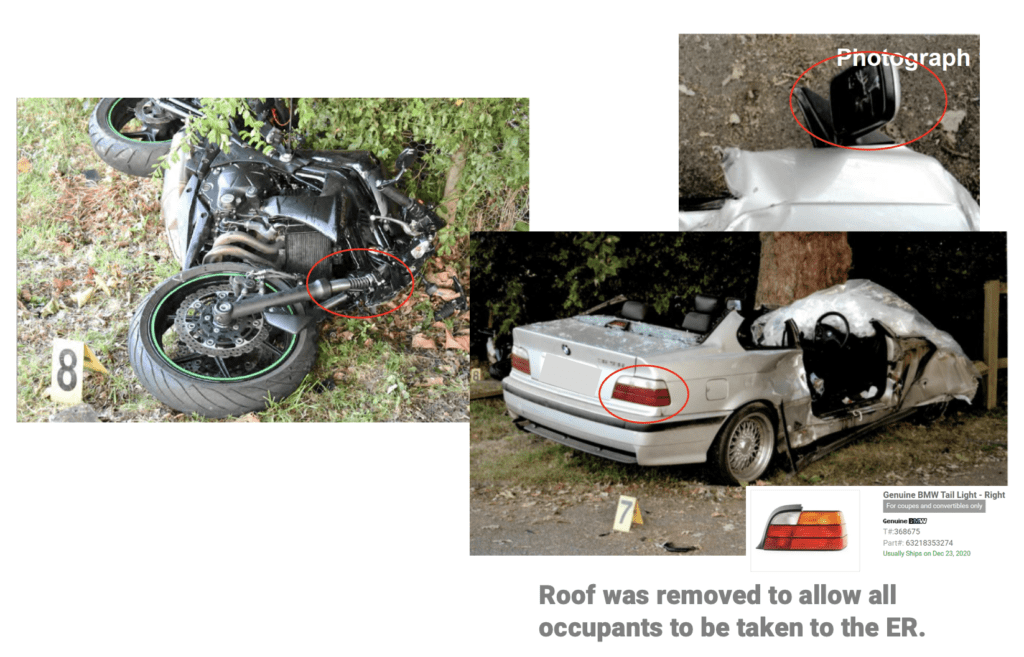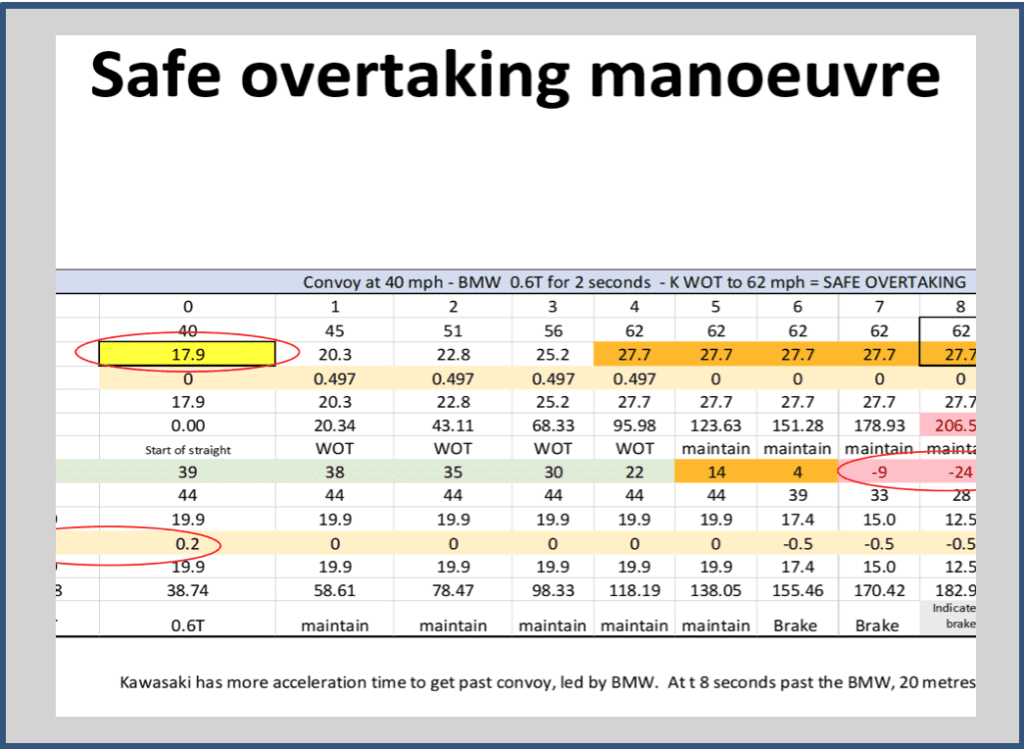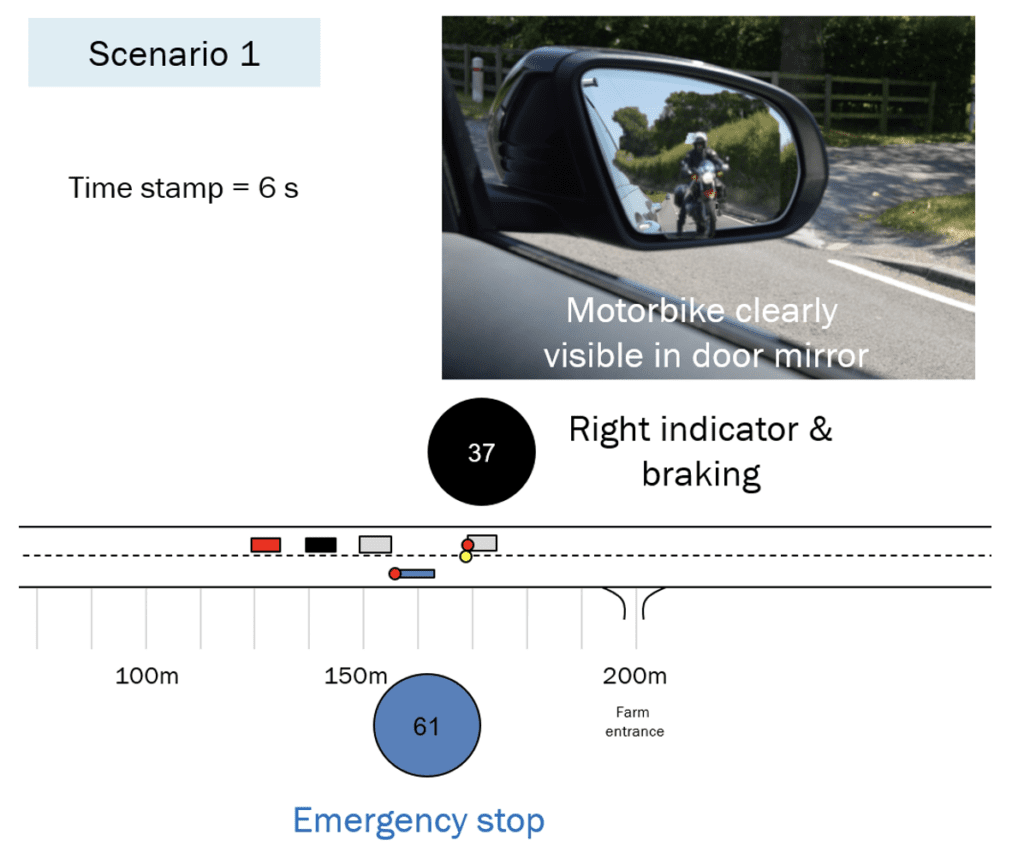

Road Traffic Accident reconstruction
A Road Traffic Accident occurred when a motorbike was overtaking cars on a straight road on a dry summers evening. The car occupants and the motorbike rider were injured when the two vehicles collided.
UPC were asked to reconstruct the RTA using all the evidence available from the Police and Insurance company Reports and the four witness statements.
The UPC time-stepping model project took about 4 days of time to complete over a two week period. The settlement reached out of court, provided the motorbike driver a larger percentage of the insurance monies available.
The motorbike driver after the accident had spent three months in hospital in traction, and had suffered life-changing injuries. The car’s occupants were also injured in the accident, the driver closest to the side impact which was just just behind his seat.


Road Traffic Accident reconstruction
A Road Traffic Accident occurred when a motorbike was overtaking cars on a straight road on a dry summers evening. The car occupants and the motorbike rider were injured when the two vehicles collided.
UPC were asked to reconstruct the RTA using all the evidence available from the Police and Insurance company Reports and the four witness statements.
The UPC time-stepping model project took about 4 days of time to complete over a two week period. The settlement reached out of court, provided the motorbike driver a larger percentage of the insurance monies available.
The motorbike driver after the accident had spent three months in hospital in traction, and had suffered life-changing injuries. The car’s occupants were also injured in the accident, the driver closest to the side impact which was just just behind his seat.
UPC managed to accurately model the ‘most probable’ events – where other experts stated that it was “impossible”.
The UPC time step model was completed with a 1second interval over a 12 second window; from the events before the impact to the point of rest of both vehicles and drivers.
The model assumptions were that the vehicle performance was as manufacturers claims in both braking and acceleration, and that the vehicles were both in good working order. UPC also assumed that the first-hand witness statements describing the accident were factual and without bias.
The maths UPC used was based on Newton’s formulae for recti-linear motion, but with variable driver control inputs such as wide-open-throttle (WOT) or braking. Using the verified model we were able to test a scenario 2 where the accident did not happen , and scenario 1 that matched all the accident input data known.


Expert witnesses have a duty to the court only – evidence is presented and examined to allow judgment to the ‘balance of probabilities’* standard.
UPC presented a second-by-second reconstruction of the RTA to allow a judge to understand clearly what had happened that summer evening.
The illustration is part of page 6 of 13 of the reconstruction showing the most likely events a few seconds before the impact.
Speeds of the vehicles are shown, as well as driver actions at this time point. The photograph is courtesy of the other expert witness’s report. It shows what the car door mirror would have showed, if correctly aligned and intact.
Our aim is to always present clear diagrams based on factual data for the judge to understand clearly the case being heard.
* For criminal cases the UK court standard is ‘beyond reasonable doubt’.

